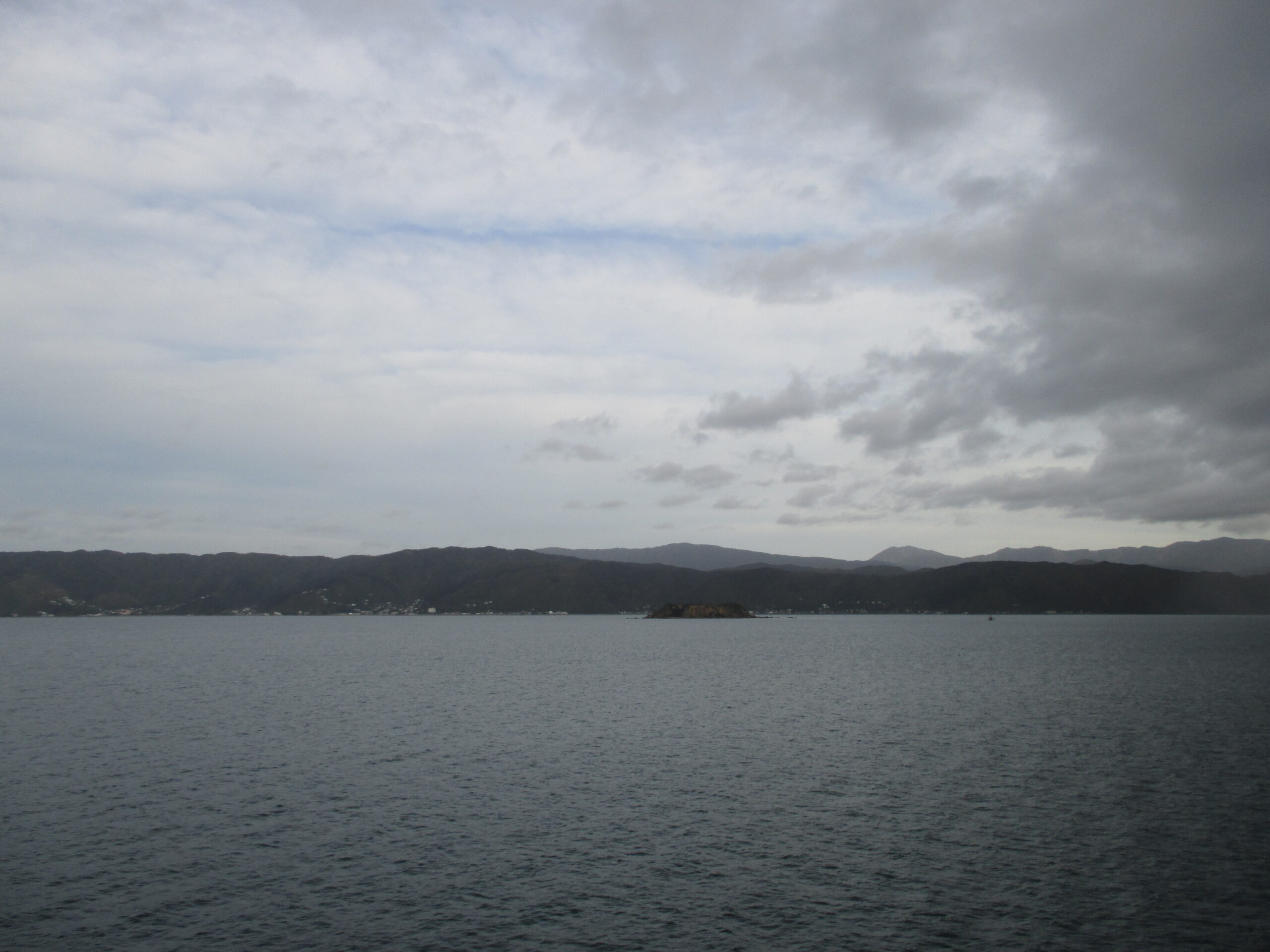Road trip: the South Island of New Zealand
Part one
This road trip was dreamt up to explore the riches of the South Island: the coast, the mountains, the lakes, and the wilderness. I travelled down from the North Island of New Zealand, before navigating much of the South Island. I had seen quite a bit of the North Island already, having lived in Mount Maunganui for 12 months – enjoying several road trips from there. On the other hand, I had barely explored the South Island during that year, save for a few days in Queenstown shortly after I arrived a year before, before hitchhiking to live in the North.
This was my first lengthy trip on the road; it lasted a little over three weeks. I would sleep in my car for the entirety, cooking on a portable stove, braving the changeable climate, and going without many modern conveniences. It also meant living and breathing the great outdoors, seeing daily sunsets and sunrises, hiking on a world-famous hiking trail, and encountering amazing wildlife. It was as challenging as it was exhilarating.
This was the culmination of a year living in this country, Aotearoa – The Land of the Long White Cloud – and it was one of the single best adventures of my life.
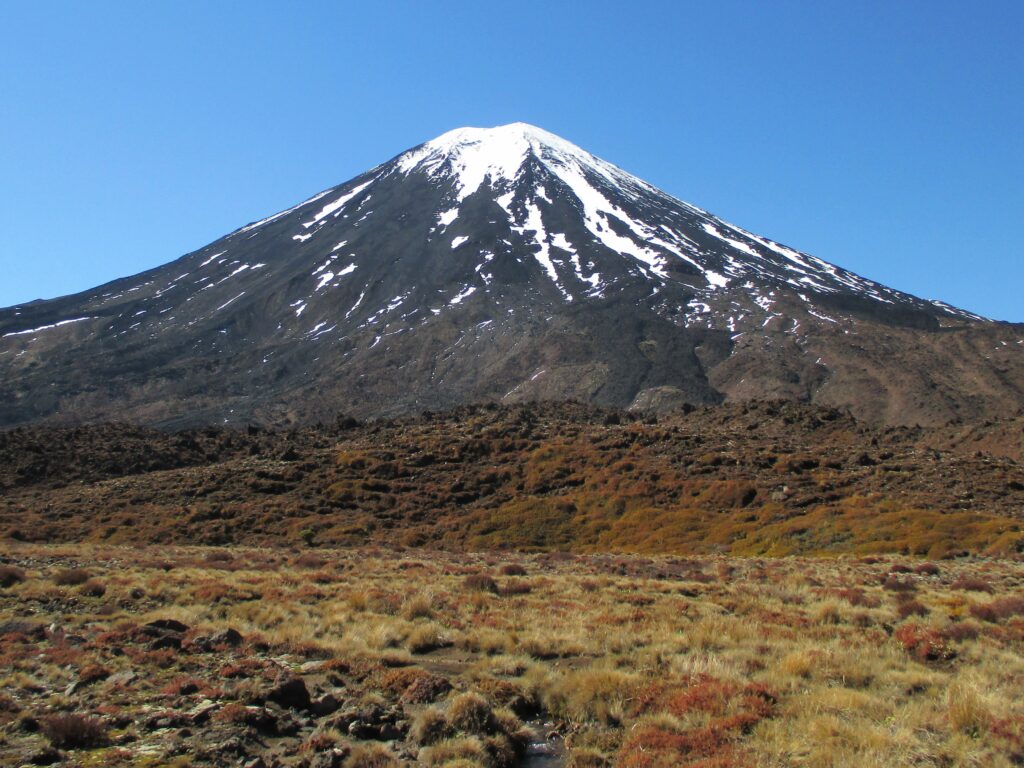
There is a knack to making a car comfortable to sleep in. I recommend at least two blankets – one for sleeping under, and one for sleeping on. The thicker the better, for warmth and comfort. Also, take as many pillows as reasonably possible. It helps to have a decent-sized car, so when you fold the back seats down, you can stretch out fully when lying down.
Every night on the road will become a routine of carefully placing your gear into any available space in the car, to maximise your room to sleep. Get it right and it can be the difference between a decent rest and an uncomfortable, cramped sleepless night. It is best to check beforehand if your vehicle can fit all your luggage!
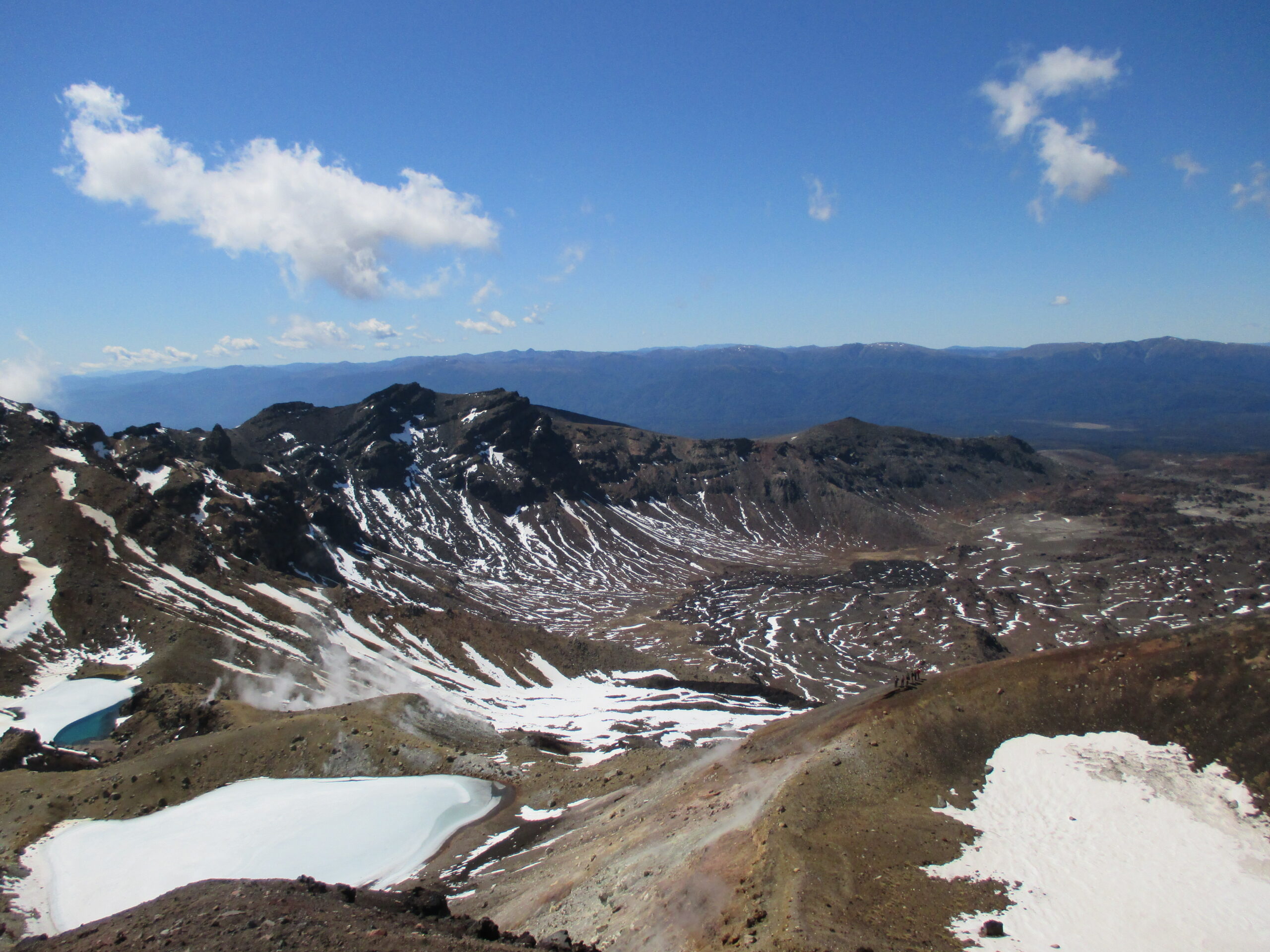



It took me around 90 minutes walking at a quick pace to reach the crossing. I had little experience of mountains or snow before. But now, here I was, surrounded by both – at the foot of large mountains covered in snow, clear white peaks, and trudging through a thin layer of snow beneath the trail. The lakes were frozen over. Even Mount Doom (Mt Ngāuruhoe), an active volcano, was carpeted in snow. From the trail, there are wide-ranging views of the area, as you hike up then down either side of the crossing, beneath the mountains.
Hiking through the pass between the mountains is a moment that will stay with me forever. I clearly remember a feeling of euphoria – extremely happy to be in that place, enjoying a hike in beautiful scenery. This trip was largely focused on the South Island, but I was very grateful to have had this final opportunity to enjoy the North as well.

The next destination was Whanganui National Park. The park is a large expanse of forest north of the small town with the same name. The defining feature is the large river that twists through the forest, creating outstanding viewpoints near to the road. There are plenty of short walks, long hikes, and water activities to do here. Sadly, I hadn’t the time to fit this into the itinerary.
The next stop was further east, towards the coast, near New Plymouth. There, in Egmont National Park, stands Mt Taranaki – the second highest point on the North Island. The mountain stands imperiously above an otherwise flat terrain. Taranaki was largely shrouded in cloud that morning, which meant only a short glimpse of the peak. Rather than attempt the ambitious hike to the top, I did a much gentler walk to Dawson Falls, which still rewarded me with a great view.
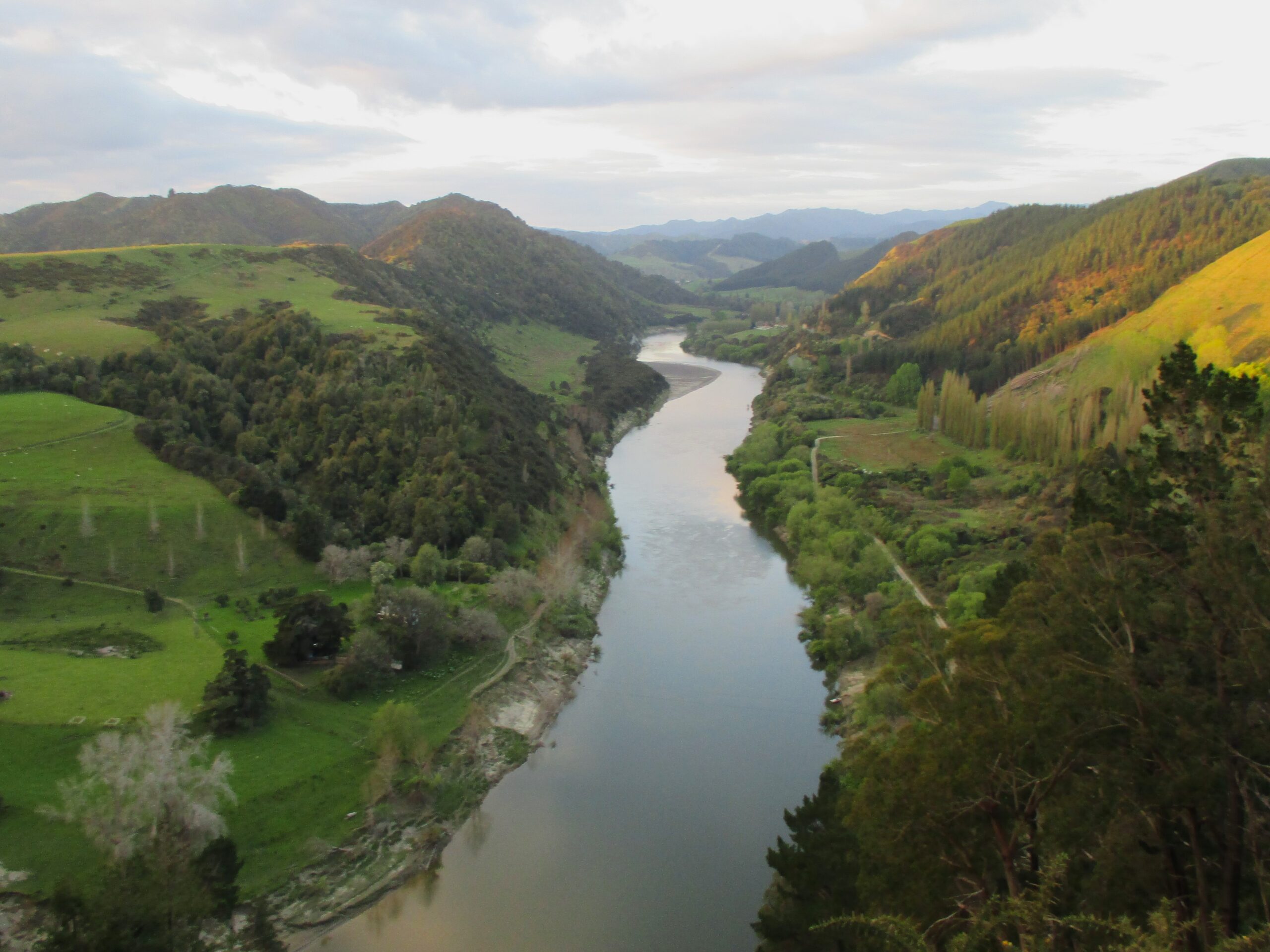
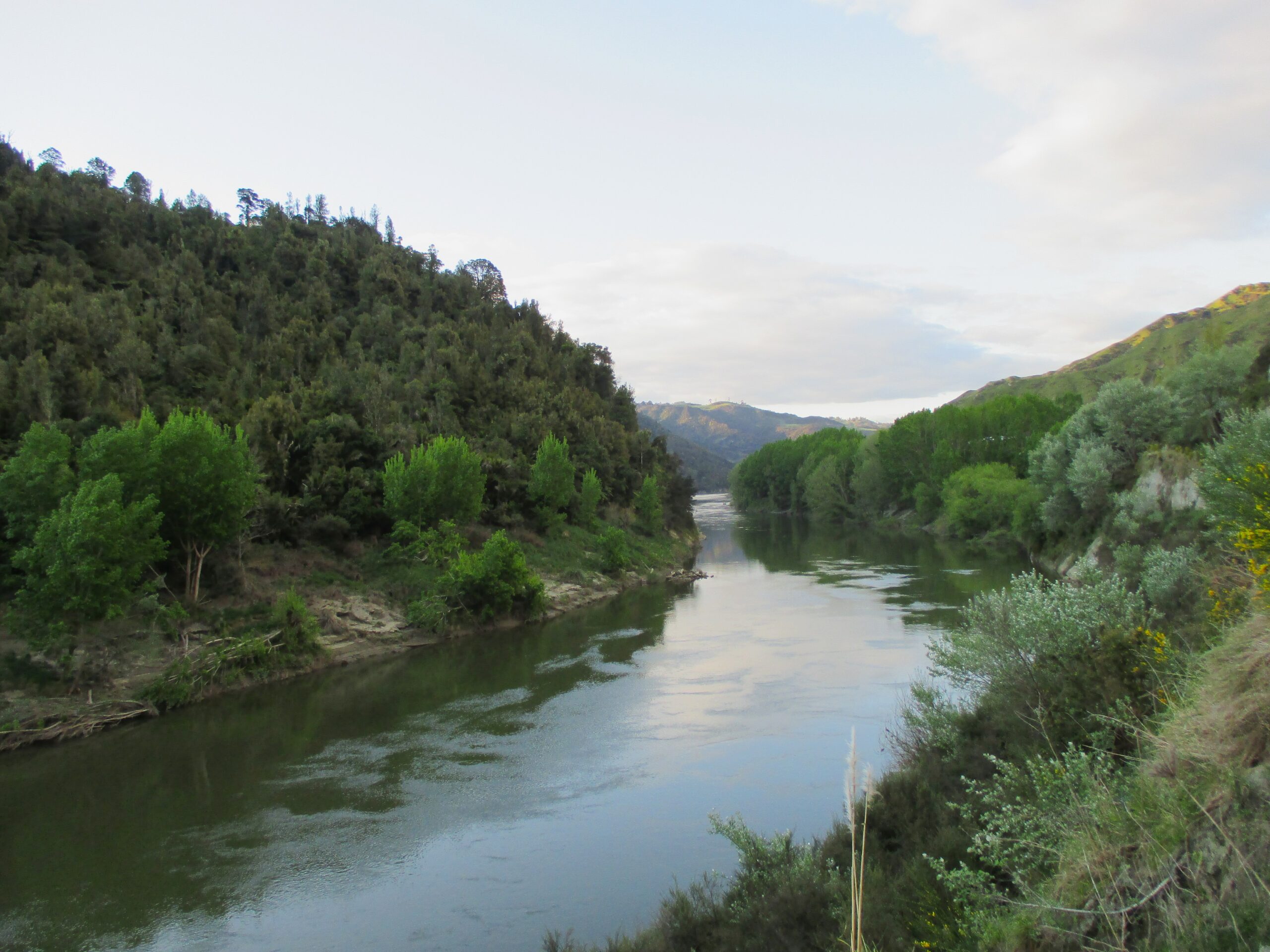
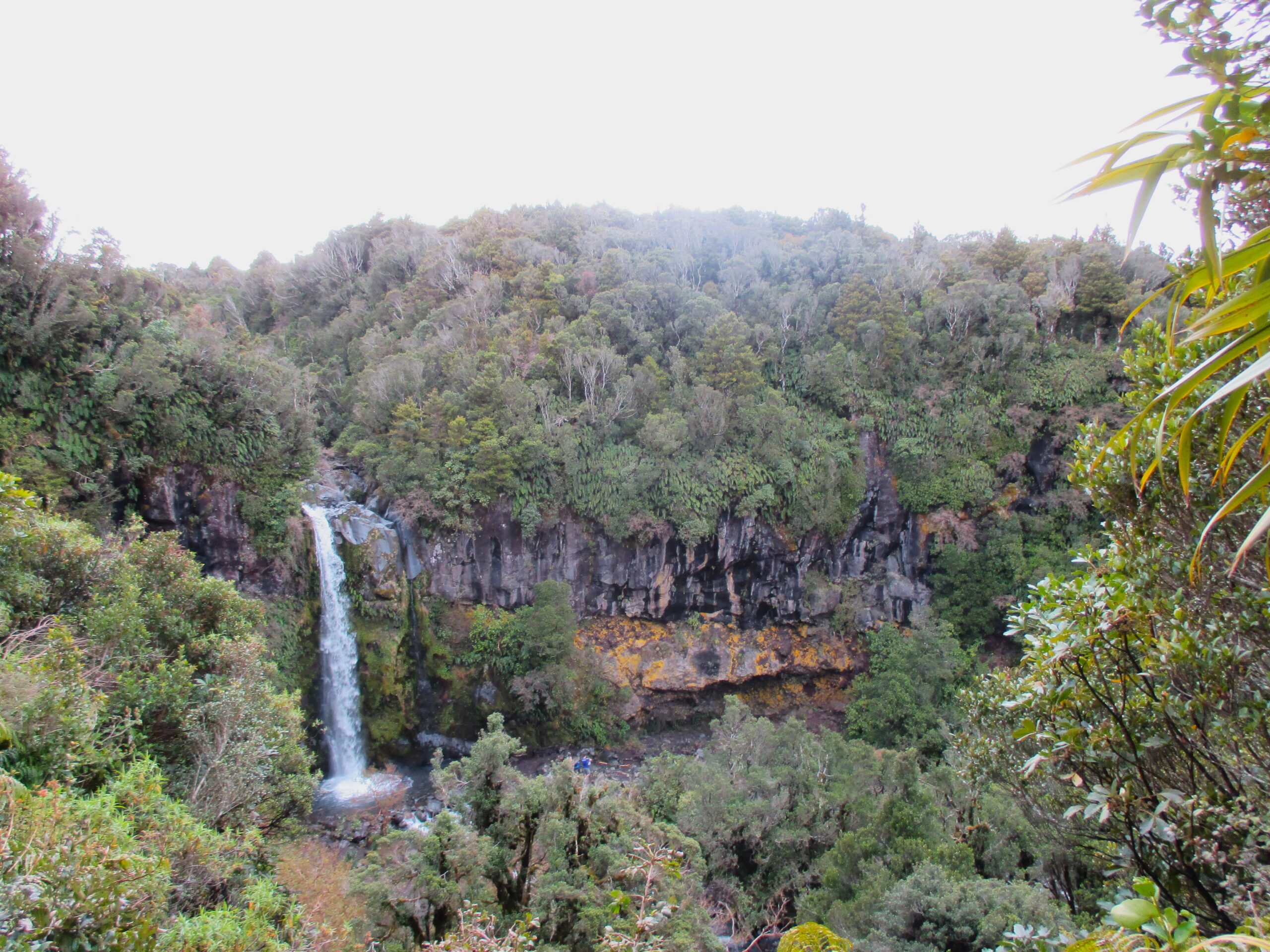

South of Taranaki, the highway largely straddles the east coast until it reaches the capital city. Wellington is the departure point for ferries over the Cook Strait to the South Island, and the journey across the water takes almost four hours. It is a huge ferry with spacious indoor areas, a café, and a restaurant. For those that can brave the strong breeze, there are outdoor viewing decks. It was a seamless transition, loading the car at Wellington, before unloading again at Picton, then continuing the journey south.
The sun had set during the voyage, which meant the first task was to find a place to sleep. A rest area close to the highway had to make do for the night. This was a modest first night on the South Island, but the trip would soon become far more thrilling.
